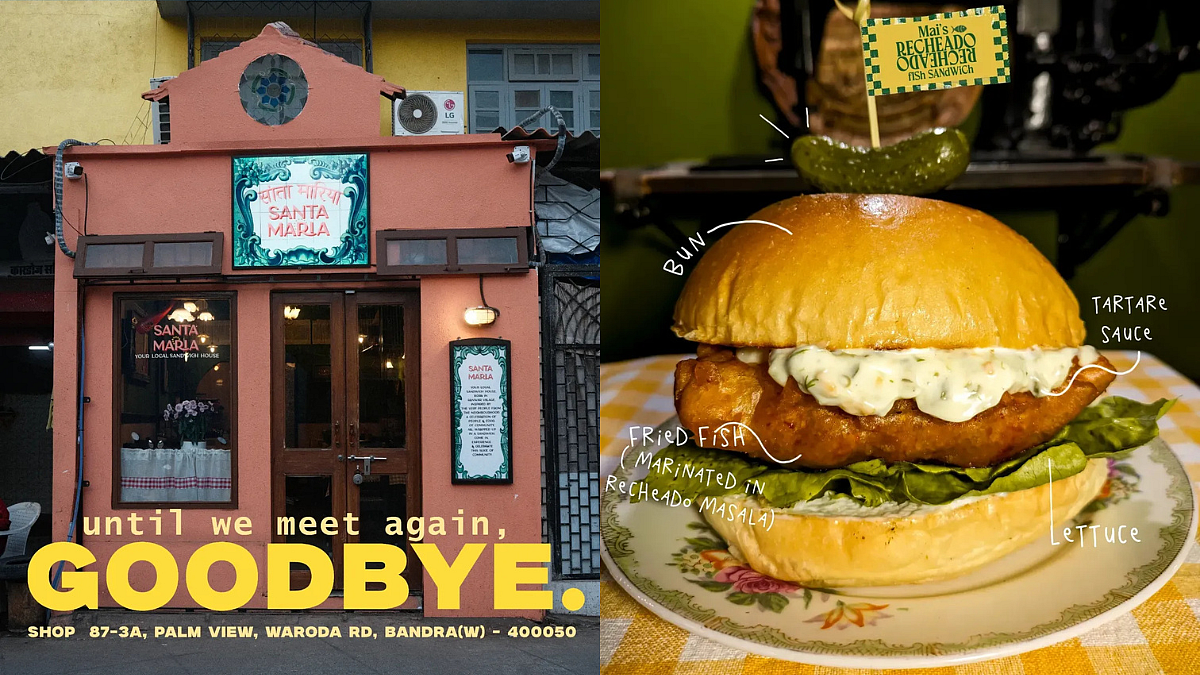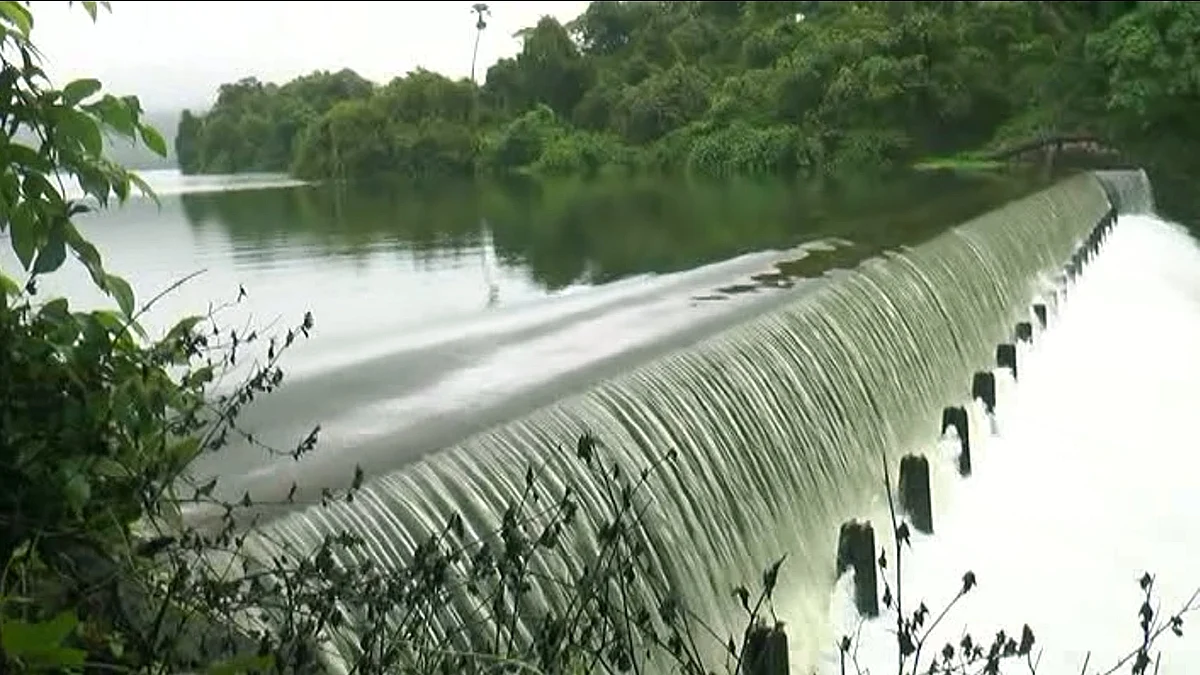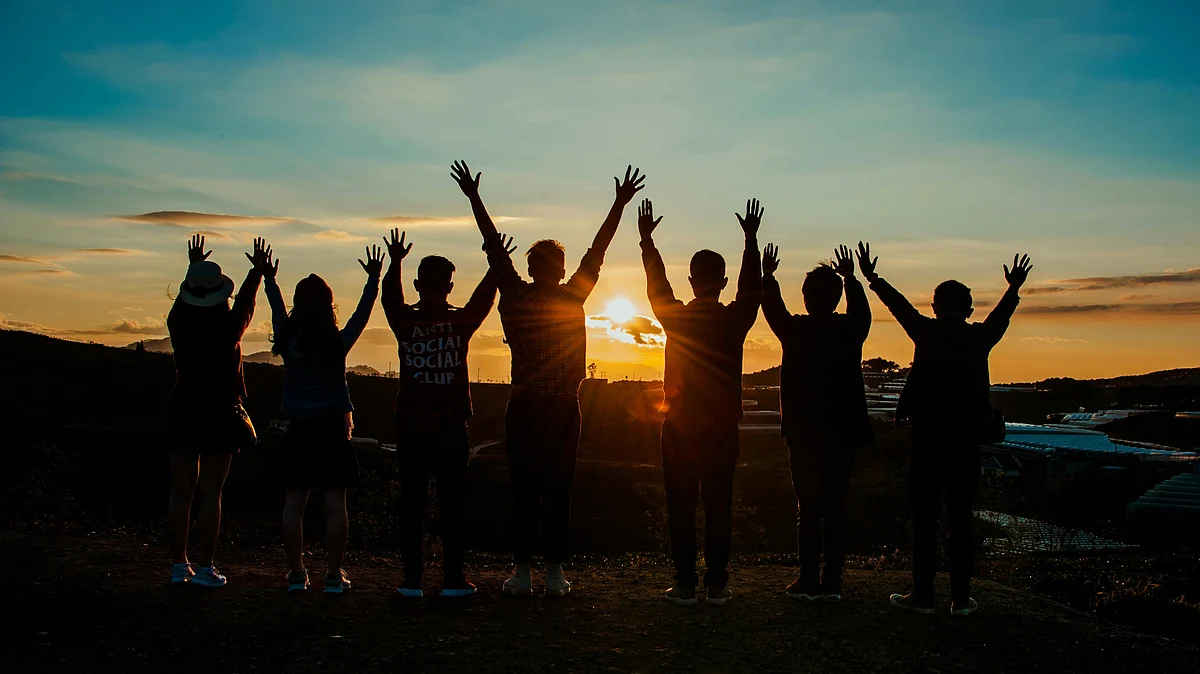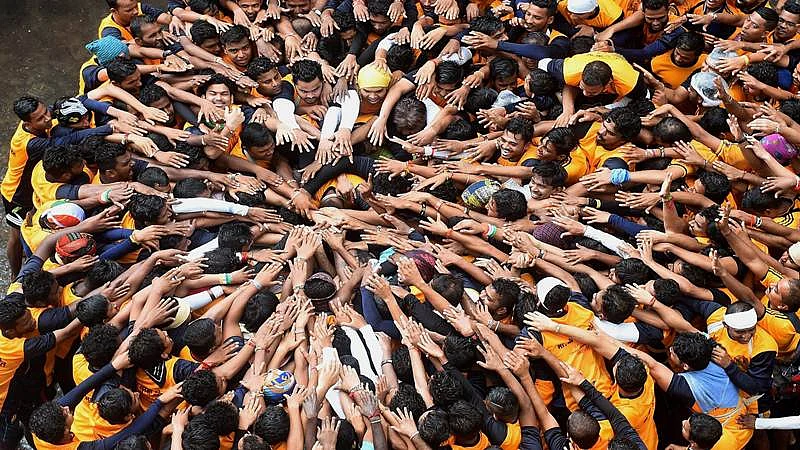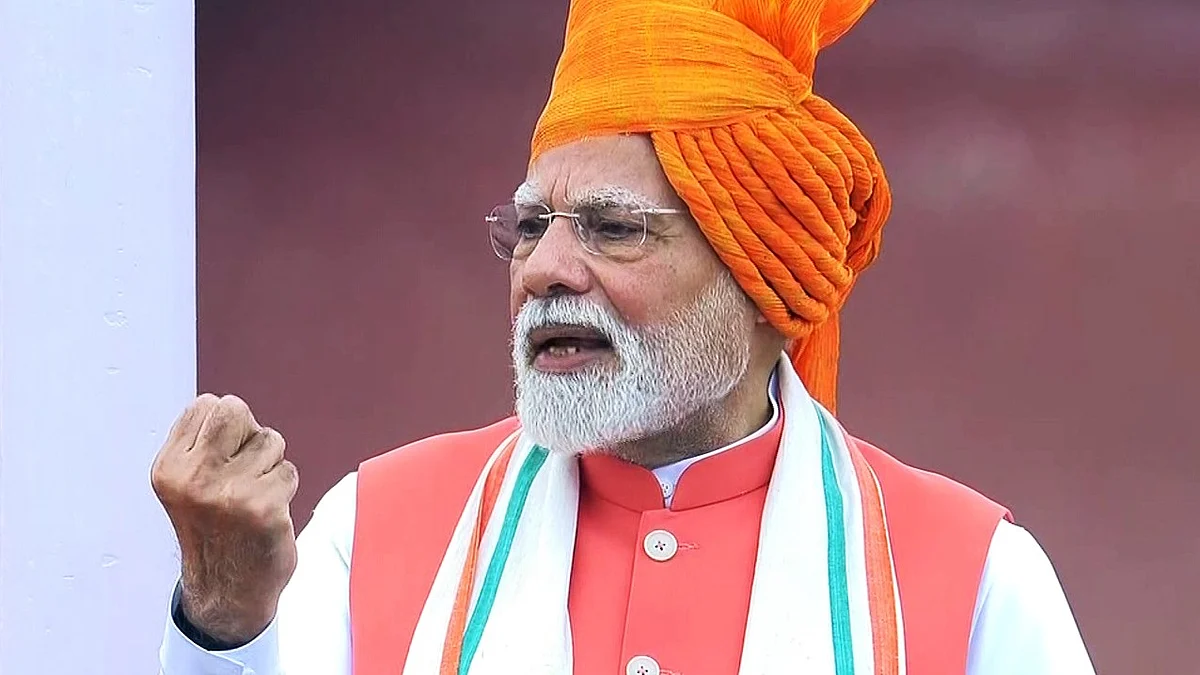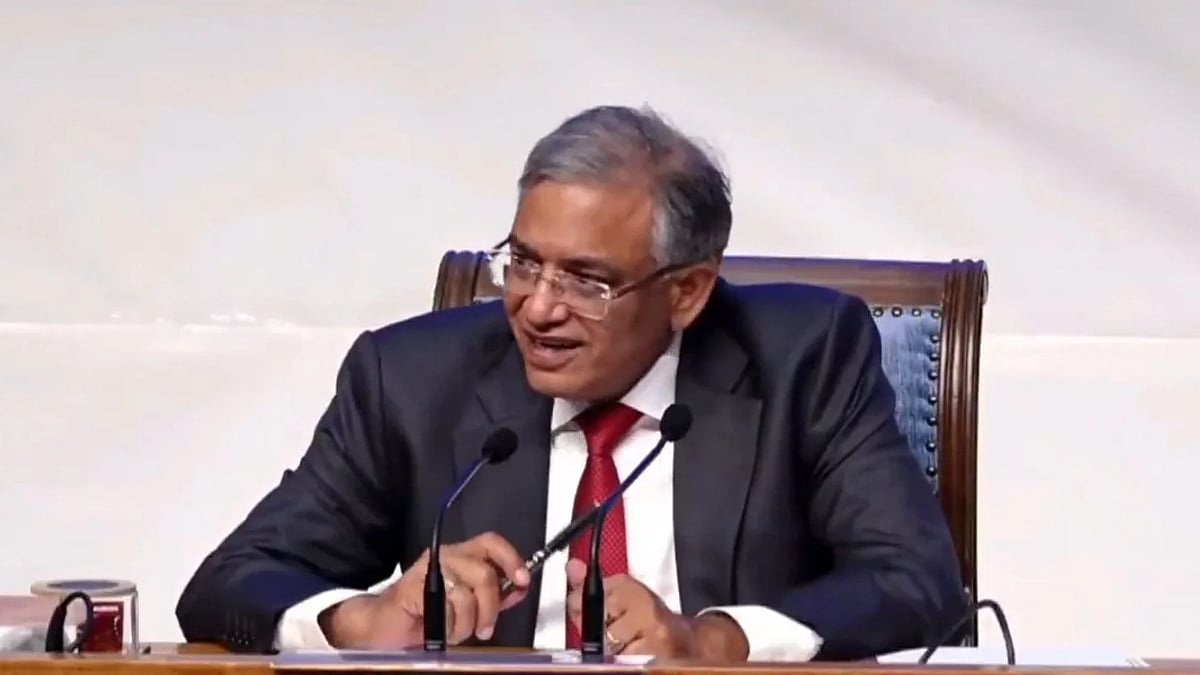Baluwatar, the official residence of the Prime Minister of Nepal has a photo gallery of its occupants. For years, despite Nepal seeing a constant change in Prime Ministership, the gallery hasn’t added a frame but those of KP Sharma Oli, Sher Bahadur Deuba and Prachanda, the trinity of leaders who have dominated Nepali politics in the past decade, have seen a progressive elongation as additional tenures have been recorded in the margins! No addition this time too as KP Sharma Oli, leader of the Communist Party of Nepal, once again assumed the Prime Ministership of Nepal.
This is the third government in Nepal, even since the last elections of 2022 with make and break being the hallmarks of its parliamentary democracy as no party usually secures a majority by itself. Presently, the Nepali Congress, led by former Prime Minister Sher Bahadur Deuba, has 89 MPs in a house of 275 and the Communists have 78. Prachanda’s Maoist Centre had only 32 MPs but was able to play the two bigger parties along with 20 MPs of a recently established party, Rastriya Swatantra Party, led by former TV anchor Rabi Lamichhane, and a few smaller parties and be the Prime Minister leading two coalitions. The first was a short-lived one with Deuba followed by one with Oli which was recently pulled down by the latter.
For good measure, the big two decided to go for a grand coalition this time, a rare occurrence in Nepal. The “deal” that has brought Oli and Deuba together envisages sharing the Prime Ministership over the remaining three years of the present Parliament with Oli taking the first shot. Past precedence that such deals are inherently fraught remains true for this coalition too given that power and rent seeking remain the dominant loadstar of Nepali politicians and all incumbents will be loath to handover the top job.
However, if the two big parties can pull this off, it could verily end Prachanda’s storied political career as a revolutionary who ended monarchy in Nepal and changed the country from a Hindu kingdom to a secular one. On the other hand, being the leader of the Opposition provides its own pedestal for him to re-carve out political space for himself, which had considerably diminished with his constantly seeking prime ministership.
The two big partes will also try and reassert being the only players in Nepal, though this is a difficult path as the country has changed much in the past three decades and become fairly exposed to the world. The young in the country are also disillusioned with established political players. This was clearly brought out in the rise of leaders such as Rabi Lamichhane and Balen Shah, the young independent Mayor of Kathmandu.
With both Oli and Prachanda coming from the left, a certain proclivity towards China has been usually visible in their posturing and also actions, of course now aided by a much more assertive China and its economic muscle. In his last tenure as Prime Minister (2018-2021) Oli welcomed President Xi Jinping in Kathmandu in 2019 and a year later amended the map of Nepal to explicitly highlight a claim to Indian territory in Uttarakhand. The playing of this anti-India card, a quintessential part of nationalist identity politics in Nepal, of course, had an important element of domestic politics in that he was being pushed by his then coalition partner, Prachanda, to cede prime ministership, but it is difficult to imagine that the choice of a territorial claim in an area close to where the borders of India, China and Nepal meet didn’t have a certain push from the north of Nepal.
With Prachanda, things appeared to show some change when during his India visit post assuming prime ministership in 2022, he wore the formal dress ‘Daura Surwal’ which is associated with the monarchy and visited a famous temple in Ujjain. He had earlier strongly eschewed such acts. But then he allowed the inclusion of the amended map of Nepal in its basic currency note and his Foreign Minister signalled aligning Nepal with the Belt and Road Initiative of China.
Obviously, a Prachanda-Oli government that united the Communists was cause for disquiet in India while a government in Nepal that includes the Nepali Congress gets viewed more positively. In the present case such a feeling could be strengthened by the inclusion in the Cabinet of Deuba’s better half, Arzu Rana Deuba, who was educated in St Bede’s in Shimla and Punjab University, as the Foreign Minister.
Oli, on his part too, has sent out signals that his government this time will follow a ‘neutral’ foreign policy and not allow the use of Nepal to target a third country. In this context it is relevant to remember that some of the most important and positive developments in India-Nepal bilateral cooperation in recent times happened during Oli’s last tenure. This includes the commencement of work on the huge hydropower project, Arun-3, commissioning of an oil pipeline connecting the two countries and the inauguration of the Integrated Check Post at Raxaul/Birgunj, the most important transit point between India and Nepal.
Nepali politicians have an inherent tendency to play India but no matter the challenge, and these tend to be aplenty, there is no place for not being constantly engaged with Nepal. Indeed, it is imperative, both strategically as also for the ties that bind our people, that India and Nepal find ways to work together and keep their contacts, including at high political levels, strong. While congratulating Prime Minister Oli, Prime Minister Modi has tweeted that he looks forward to working closely to expand mutually beneficial cooperation.
Manjeev Puri is a former Ambassador of India to Nepal and the EU. He is presently Distinguished Fellow dealing with climate change issues at TERI and Adjunct Distinguished Fellow at Gateway House, the Council for Global Relations, Mumbai


